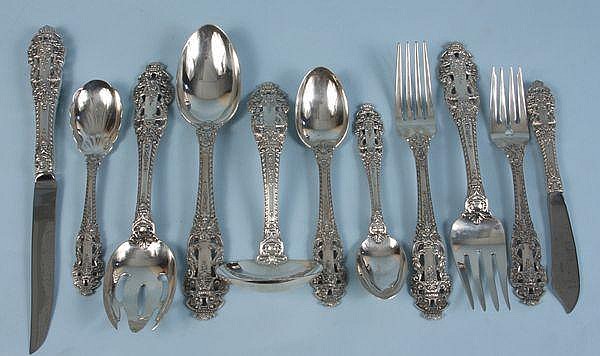Preparing your personal property for an emergency: Thinking about the “what ifs”.
Preparing for an emergency is reality for many of us who live in areas where Mother Nature likes to throw us curve balls like fires, earthquakes, tornadoes or mudslides.
Having solid documentation for your valuables is an important step in recovery if there is a major loss. Taking a day (or two) out of your week to properly document and organize your jewelry, watches, artwork, silver, collections of wine, coins, even furniture, cars and motorcycles. Doing this now will save you time and money if ever something traumatic was to happen.
Get Your Proverbial Ducks in a Row
Stop and think about everything you have that ‘is truly “valuable”. Is it a few items, or a collection? Do you have documentation? Photos? Receipts? Appraisals? Do you know where they are?
To begin, walk room to room
Create an organized list/spreadsheet of your valuables – jewelry, watches, artwork, silver, coins, wine, furniture, etc. It doesn’t have to be anything fancy, but the more detailed you can be, the better. For instance: “grandmother’s mahogany chair with floral needlepoint seat cushion”, or “Dad’s Patek Philippe wristwatch with a round case, white dial, black Roman numerals and a black strap” – you get the idea. Be descriptive. For identifying sterling silver flatware patterns, Google is a great reference. I found this site which is user friendly: https://www.sterlingflatwarefashions.com/Patterns/1Pattern.html

Photograph each item – making sure that the images are clear and detailed. Number and organize by category (artwork, jewelry, etc.), which will save you time later when you need to coordinate the paperwork and images. With dedication and patience, it can be done slowly and methodically. However, if you find it too cumbersome to scan and organize all of the images, there are companies that can help you, such as http://www.picturli.com.
Organize Your Paperwork – receipts, appraisals, old repair slips, etc. These documents will not establish value, rather, they prove existence. Scan or photograph all the paperwork, and keep it together in a file both physically and digitally.
Collect everything into one main file and back it up – do not skip this step: back up all files, both photos and paperwork, to the Cloud, and/or a thumbdrive. Thumbdrives can easily be slipped into a pocket and taken with you in the event that you would need to evacuate. I suggest putting it with your emergency bag, which if you don’t have one, now is a good time to put one together – I like this site https://www.ready.gov/kit.
Lastly, Insure your valuables! I highly recommend insuring your most valuable, and most vulnerable personal property. Always shop around for an insurance agent – ask your friends who they use, and go with who you trust.
Knowing what to insure and for how much is another conversation. That will be a future blog!


